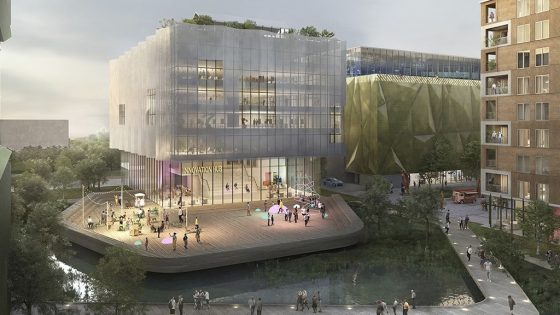The Crown Estate has revealed plans for a £1.5bn overhaul of a commercial district in eastern England to create a new science-led neighbourhood.
The Treasury-sponsored body said Cambridge Business Park would feature more than 250 homes alongside laboratories and offices.
Subject to planning consent, construction is expected to begin in 2026 with the new neighbourhood open and operational by 2030.
The tender process will be run according to public sector procurement rules and firms intending to bid for work have been advised by the Crown Estate to register on procurement website sourcedogg.com to receive notifications.
A Crown Estates statement to Construction News said: “A construction strategy is yet to be agreed but we plan to build out on a phased basis and would expect to engage with a number of contractors for the different phases.”
As well as supporting the development of science and technology in the city, the proposed neighbourhood would include leisure, retail and cultural facilities for the wider community.
Crown Estate chief executive Dan Labbad said: “The Crown Estate is investing where it can have the most meaningful impact in addressing areas of national need, meeting local challenges and realising opportunities.”
He added that Cambridge Business Park would be “a catalyst for innovation and economic growth”.
The Crown Estate recently partnered with Pioneer Group and Oxford Science Enterprise to deliver a new 9,000 square metre life sciences, technology and innovation space west of London.
CN contacted the Crown Estate for further information on when a contractor would be selected for that scheme.
Initial proposals for the transformation of Cambridge Business Park will be revealed as part of a public consultation that is due to start later this month.
The site currently comprises 12 buildings across 8 hectares, providing about 30,000 square metres of commercial office space.
The Crown Estate said it would improve accessibility and connectivity to Cambridge North station and surrounding science parks, as well as opportunities for people to enjoy the facilities and access education opportunities.

